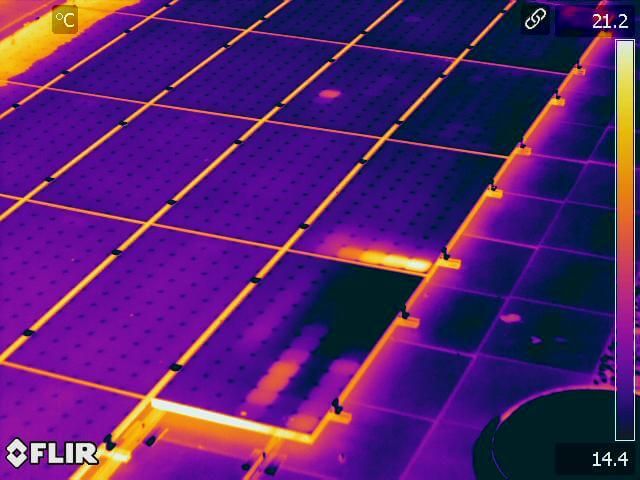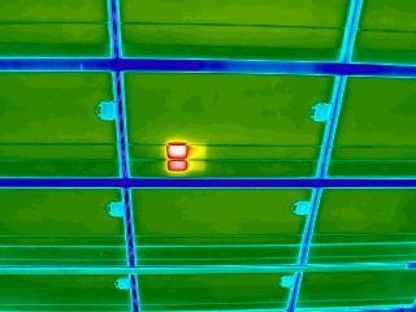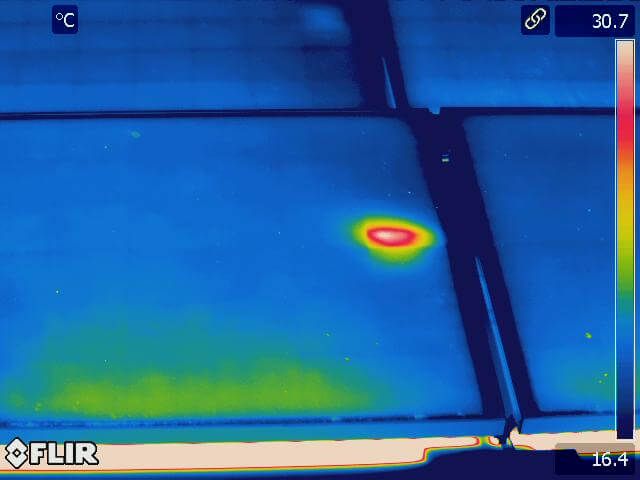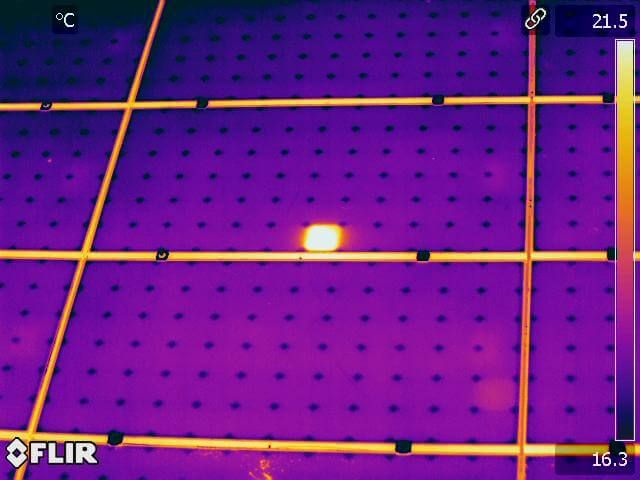Jersey Infrared Consultants have been providing Infrared Photovoltaic System Surveys since 1984. All work is performed by Infraspection Institute Certified Infrared Thermographers® using state-of-the-art equipment. All work is performed in accordance with published standards and industry best practices.







